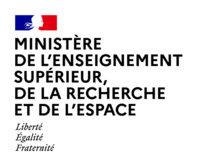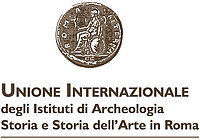CHAÎNE OPÉRATOIRE AND LIFE CYCLE OF PROTOHISTORIC AND ANCIENT BUILDING MATERIALS

Rome, Sapienza Università di Roma
The 08/29/2024
CHAÎNE OPÉRATOIRE AND LIFE CYCLE OF PROTOHISTORIC AND ANCIENT BUILDING MATERIALS
Table ronde dans le cadre du congrès de l’European Association of Archaeologists
29 août 2024, Rome
Sapienza Università di Roma
Organisée par : Pauline Ducret et Pierre Péfau (EFR), Hélène Dessales (Université de Lausanne), Antonio Pizzo (EEHAR)
The aim of this session is to explore a key theme in research about architecture in ancient societies, that has been renewed since the end of the twentieth century: the chaîne opératoire and life cycle of building materials. Protohistoric and Ancient architecture has long been studied from a morphological point of view (floor plans, organisation of interior space, topographical insertion) or through construction techniques (typology of materials used to build the different parts of a construction: foundations, elevations, roofing…). The development of construction archaeology and the new technologies on which its methods are based have made it possible, in recent decades, to consider materials not just as elements of the construction techniques, but as objects of study for themselves. This allows researchers to document previously invisible aspects that were essential to have a detailed understanding of architectural practices: the economics of construction, site management and craft skills, the supply, transport, storage and trading of resources, maintenance, reuse and recycling.
We would like to bring together didactic contributions in order to create a synthesis organised by materials and comprising two complementary aspects: on the one hand, contributions presenting a material’s chaîne opératoire, from its extraction/production to its primary and secondary use; and on the other hand, contributions proposing new methods for studying a material. The main building materials can be considered: stone (limestone, travertine, tuff, marble...), terracotta (bricks, tiles, technical elements) and raw earth (mud bricks, cob, rammed earth, wattle and daub), timber, plants (reeds, straw…), mortar, metals, glass.
The expected outcome is an overview of the technical processes and economics of construction in Europe for more than a millennium (8th c. BC - 5th c. AD). It could be an initial meeting to encourage the creation of a working group on building materials in order to share methods and results.
Axe 3 - Population, ressources, techniques
Section : Antiquité



